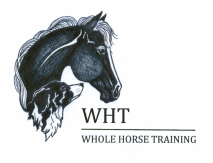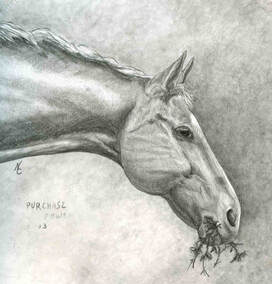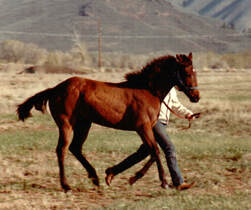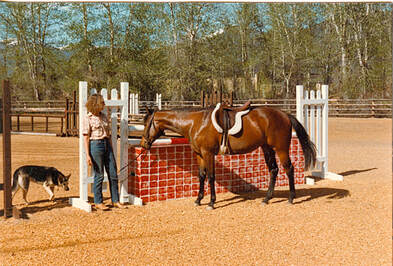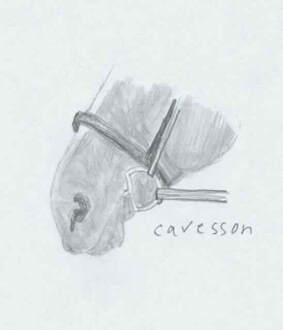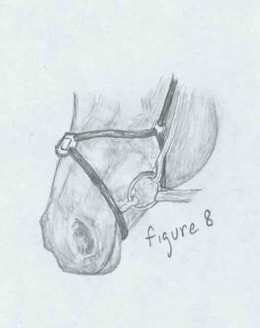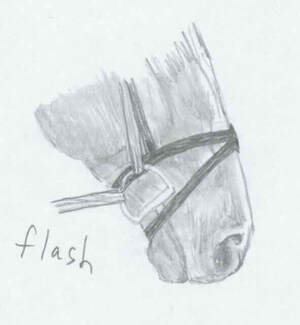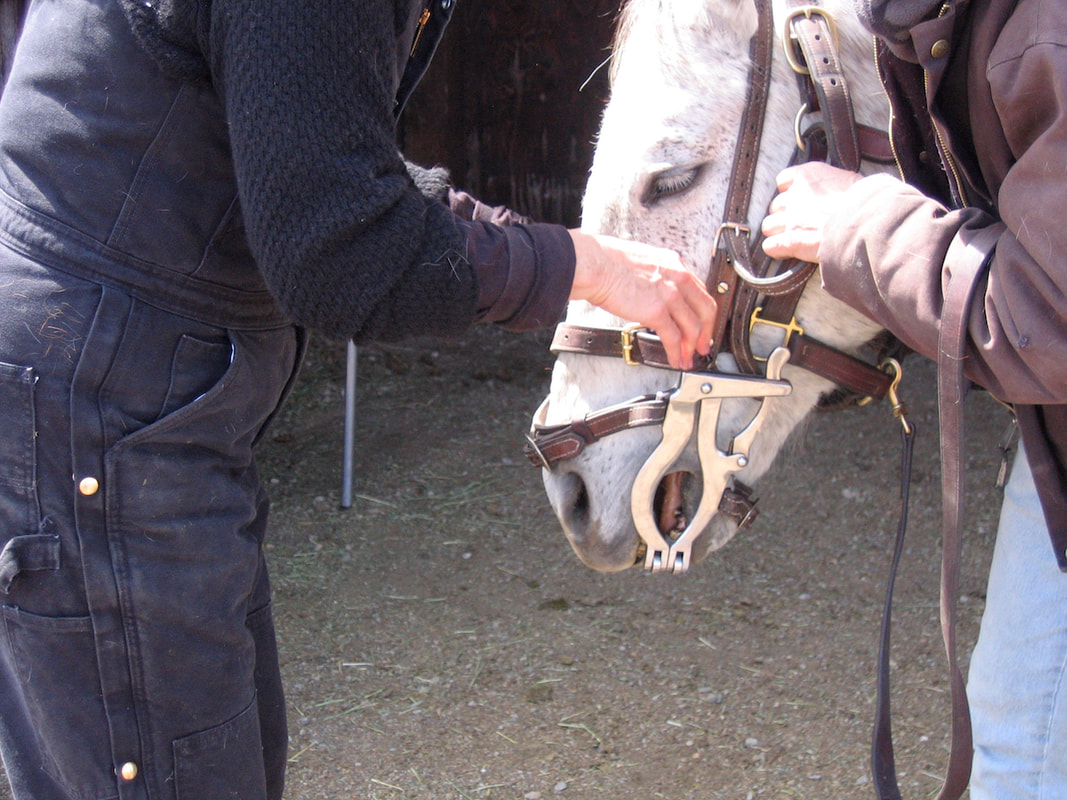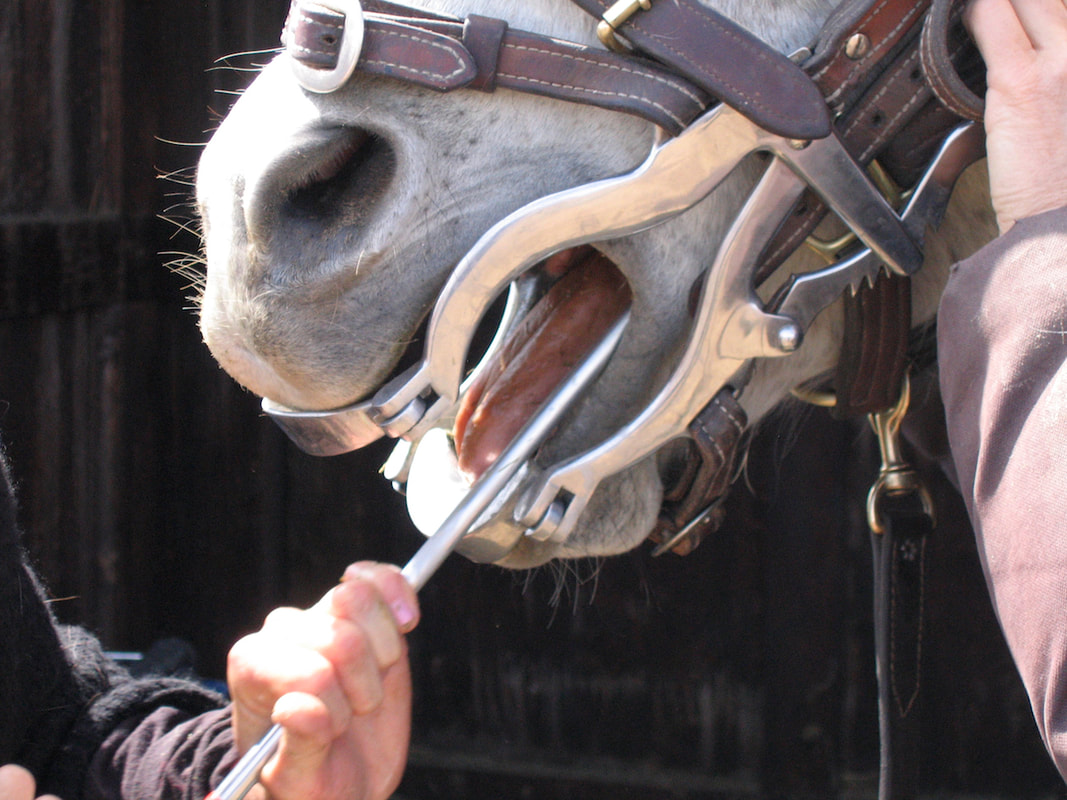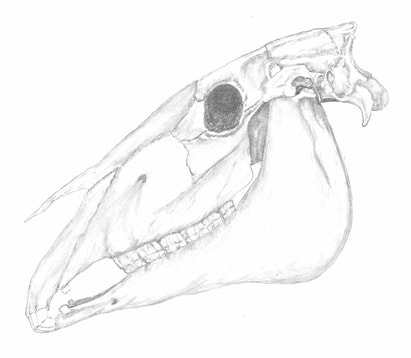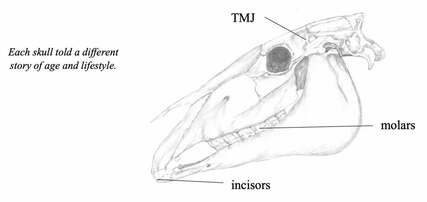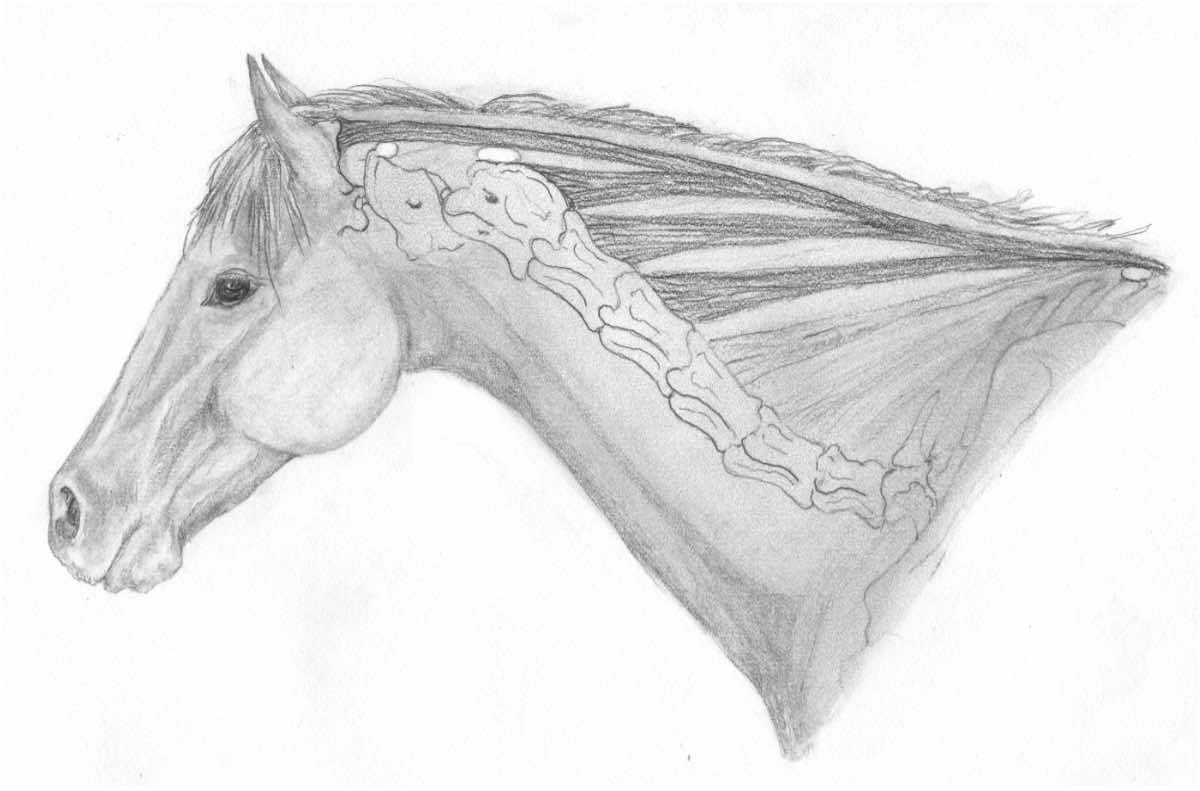How in the world did I end up in Idaho? The book holds the answer, but my Council awaited me there..
Of necessity, things get a little technical in this section and, as I said before, publishers count words in detailed explanations, and molecules of ink for photos and illustrations. Indulge yourself on this page to get comfortable with some terms of equine anatomy and management, then sit back and read the book with an all-knowing smirk on your face.
Enjoy the ride.
Of necessity, things get a little technical in this section and, as I said before, publishers count words in detailed explanations, and molecules of ink for photos and illustrations. Indulge yourself on this page to get comfortable with some terms of equine anatomy and management, then sit back and read the book with an all-knowing smirk on your face.
Enjoy the ride.
Part Four, Fast Forward
A Council of Horses, Life Lessons Straight from the Horses' Mouths
I'd like you to meet Purchase Power and Granite, two of my favorite teachers.
Power was a strong bodied, strong willed off-track Thoroughbred, OTT, which means he began his life as a racehorse. He was my dream come true and since he was one of the first horses to council about taking a wiser, kinder approach in my relationships with horses, he had to beat me over the head with the proverbial baseball bat–A lot. But he had Granite to help him. Granite was owned by a student of mine who put him in training with me to solve a bucking problem. He was an Appendix Quarter Horse, meaning he was two thirds Thoroughbred in his bloodlines. Probably the biggest clown of a horse I will ever meet, our early relationship suffered from my stubbornness, but then,... Oh yeah, read the book, right?
Power was a strong bodied, strong willed off-track Thoroughbred, OTT, which means he began his life as a racehorse. He was my dream come true and since he was one of the first horses to council about taking a wiser, kinder approach in my relationships with horses, he had to beat me over the head with the proverbial baseball bat–A lot. But he had Granite to help him. Granite was owned by a student of mine who put him in training with me to solve a bucking problem. He was an Appendix Quarter Horse, meaning he was two thirds Thoroughbred in his bloodlines. Probably the biggest clown of a horse I will ever meet, our early relationship suffered from my stubbornness, but then,... Oh yeah, read the book, right?
|
Below, you can find information about nosebands, holistic equine dentistry, and amazing horse necks to help you navigate some of the technical language and concepts presented in Part Four.
|
Cavessons and Nosebands
Ask any equestrian why they have a noseband, technically known as a cavesson, on their bridle and you're likely to get one of three answers.
The fact of the matter is that using a noseband to close a horse’s mouth is common practice. There is even a device commonly sold at tack stores and allowed in show rings called a Crank noseband or Swedish Cavesson. It has a leveraged buckle design so it may be adjusted tighter than a rider's fingers might bear to keep the horse's mouth shut. I wonder how many people would employ such a device to tighten their shoelaces?
Food for thought.
But to understand the nosebands discussed in Council, Part Four, there illustrations should help.
- I don't know, it came with the bridle and I like the way it looks.
- I need something so I can attach my tie down or standing martingale, two devices that act in the same way to prevent a horse from throwing or carrying his head too high. Western riders tend to say tie down, while in the English world standing martingale is more common.
- Many will admit it is to keep the horse’s mouth shut. If this is the answer, your question should be why does the horse try to open his mouth? Common reasons are, “She resists the bit,” or “He fusses with the bit.”
The fact of the matter is that using a noseband to close a horse’s mouth is common practice. There is even a device commonly sold at tack stores and allowed in show rings called a Crank noseband or Swedish Cavesson. It has a leveraged buckle design so it may be adjusted tighter than a rider's fingers might bear to keep the horse's mouth shut. I wonder how many people would employ such a device to tighten their shoelaces?
Food for thought.
But to understand the nosebands discussed in Council, Part Four, there illustrations should help.
Equine Dentistry
|
Becoming aware of the complexity of Equine Dentistry played a huge role in my journey to a better way with horses.
Do you know where your favorite horse's teeth are and how they work. This PDF will get you started.
| ||||||||
|
An equine dental speculum is a piece of equipment that straps to a horse’s head, similar to a halter. The speculum has plates that slip between a horse’s front teeth. When opened, it holds the mouth open so a veterinarian or equine dentist can see all the way to the rear molars. With the mouth held open, they can file teeth with long handled instruments called floats to remove points and/or hooks. (Horse seen here is sedated)
|
I wrote an article, What Every Rider Needs to Know About Teeth, that first appeared in Peggy Cumming's Connected Riding Newsletter. A revised version was printed in Natural Horse Magazine, Volume 4, Issue 4, 2002 – Equissentials. NHM requested I remove the part about objections to the use of power tools. The article was revised again (mainly reinstating the criticism of power tools) for Linda Tellington-Jones' TTeam Connections Newsletter.
| ||||||
(excerpt)
Sarah’s talk began at two o’clock. Cradling a skull on her lap, she showed how a horse’s mouth opened and closed.
“I loved horses all my life, but it wasn’t until I experienced dental issues myself that teeth provided a spiritual connection with them.” She smiled and gazed at the skulls on her table. “Each of these skulls tells a story of age, management, and lifestyle. Let us honor the spirits that left them to us.”
She closed her eyes, and I glanced around the group. Some bowed their heads, other folded their hands in their laps and waited. Unsure what to do, I did nothing.
As Sarah continued, she delved into the workings of the TMJ, the temporomandibular joint. I knew it was the hinge that opened and closed a horse’s mouth, but Sarah explained it was a sliding hinge with a side-to-side movement. She said its proper function was paramount to a horse’s ability to balance and move correctly. Sarah told us about the fragile hyoid apparatus, tiny bones that hung from the TMJ in the shape of a wishbone and supported critical structures in the throat, including the thyroid gland. The hyoid bones tied into the tongue.
“That’s why you never grab a horse’s tongue and pull out the side of his mouth as a method of restraint. This delicate apparatus is easily broken.”
I cringed. I knew that trick and had used it. No wonder it worked so well.
Sarah’s talk began at two o’clock. Cradling a skull on her lap, she showed how a horse’s mouth opened and closed.
“I loved horses all my life, but it wasn’t until I experienced dental issues myself that teeth provided a spiritual connection with them.” She smiled and gazed at the skulls on her table. “Each of these skulls tells a story of age, management, and lifestyle. Let us honor the spirits that left them to us.”
She closed her eyes, and I glanced around the group. Some bowed their heads, other folded their hands in their laps and waited. Unsure what to do, I did nothing.
As Sarah continued, she delved into the workings of the TMJ, the temporomandibular joint. I knew it was the hinge that opened and closed a horse’s mouth, but Sarah explained it was a sliding hinge with a side-to-side movement. She said its proper function was paramount to a horse’s ability to balance and move correctly. Sarah told us about the fragile hyoid apparatus, tiny bones that hung from the TMJ in the shape of a wishbone and supported critical structures in the throat, including the thyroid gland. The hyoid bones tied into the tongue.
“That’s why you never grab a horse’s tongue and pull out the side of his mouth as a method of restraint. This delicate apparatus is easily broken.”
I cringed. I knew that trick and had used it. No wonder it worked so well.
Necks!
|
This drawing shows the position of the seven cervical vertebrae
in a horse's neck. |
Many people assume that the cervical vertebrae run along the top of the neck. In fact the rigidity along the top of the neck is produced by the nuchal ligament which supports the cervical (neck) vertebrae.
There are only seven vertebrae that snake along in a gentle curve inside the neck. They are notated with the letter "C" for cervical and the numbers 1-7. C-1 sits like a cobra's hood behind the base of the skull. The lowest cervical vertebra, (C-7) connects to the first thoracic (back) vertebrae (T-1). This joint can slip behind the scapula in certain positions and is often compromised by tension in the muscles of the neck and back. The C-7--T-1 juncture is a sticking point for smooth function in the neck, shoulders and back. When horses are stiff in this location, they are said to be “stuck in their base,” meaning they are unable to lift the area of their sternum (chest/forehand). Being stuck in the base causes horses to travel in bad posture and stresses their forehand, making movement difficult. I associate a graceful, telescoping feeling with the bones and action of a healthy neck. |
